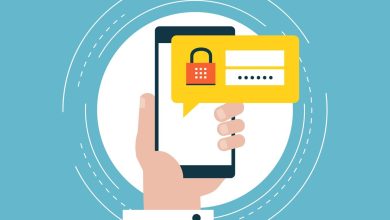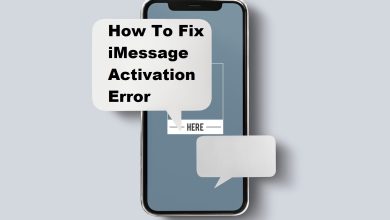How to Start Freelancing with No Experience: A Beginner’s Guide
In today’s digital age, freelancing has emerged as a popular and accessible career path for people from all walks of life. Whether you’re a student, a stay-at-home parent, or someone looking to transition from a 9-to-5 job, freelancing offers flexibility, independence, and unlimited income potential. The best part? You can start freelancing with no prior experience. This guide will walk you through everything you need to know to get started.

1. Understanding What Freelancing Is
Freelancing means offering your services to clients on a project or contract basis rather than working as a full-time employee. Freelancers are self-employed individuals who often work remotely and manage their own schedules.
Popular freelancing fields include:
- Writing and editing
- Graphic design
- Web development
- Virtual assistance
- Social media management
- Video editing
- Translation
- Data entry
2. Identify Your Skills and Interests
Even if you feel like you have no “marketable” skills, you likely already possess talents that can be monetized. Here’s how to identify them:
- Make a list of tasks you’re good at or enjoy.
- Ask friends or colleagues what they think your strengths are.
- Explore hobbies that could be turned into services.
Remember, you don’t need to be an expert to start. Many clients are looking for beginners willing to learn and grow with them.
3. Choose a Niche
Choosing a niche allows you to focus your learning and marketing efforts, making it easier to attract clients.
Some beginner-friendly niches include:
- Content writing
- Data entry
- Social media management
- Customer service
- Virtual assistance
As you gain experience, you can expand into more specialized areas or pivot into higher-paying niches.
4. Build a Portfolio (Even with No Experience)
You might wonder: how can I build a portfolio with no previous clients? Here are a few methods:
- Create sample work. If you’re a writer, write a few blog posts. If you’re a designer, create some mock logos or graphics.
- Volunteer. Offer your services to nonprofits or local businesses in exchange for testimonials.
- Do personal projects. Build a website, start a blog, or manage a social media page.
Portfolios can be showcased on platforms like:
- WordPress or Blogger
- Behance (for design work)
- GitHub (for developers)
5. Set Up Your Online Presence
Clients need to find and trust you. Here’s how to create a professional digital presence:
- LinkedIn: Create a detailed profile showcasing your skills and interests.
- Freelance platforms: Set up accounts on Upwork, Fiverr, Freelancer, or PeoplePerHour.
- Personal website: If possible, build a simple site to highlight your portfolio, services, and contact details.
Tips for online profiles:
- Use a professional photo.
- Write a compelling bio that explains how you help clients.
- List your services clearly.
6. Start Learning and Improving
Freelancing is a continuous learning journey. Use free and affordable resources to upgrade your skills:
Free Platforms:
- Coursera
- YouTube
- HubSpot Academy
- Google Skillshop
Paid but affordable:
- Udemy
- Skillshare
Focus on:
- Soft skills: communication, time management, negotiation
- Technical skills: writing, design, marketing, etc.
7. Start Applying for Gigs
Start small. Look for entry-level gigs and apply with confidence.
Tips:
- Write personalized proposals.
- Show enthusiasm.
- Highlight your willingness to learn.
- Don’t underprice yourself—charge fairly, even as a beginner.
Where to find freelance gigs:
- Upwork
- Fiverr
- Freelancer.com
- Remote job boards (We Work Remotely, Remote OK)
8. Deliver Outstanding Work
Once you land your first job, focus on quality, communication, and reliability.
Client satisfaction tips:
- Meet deadlines
- Communicate regularly
- Be open to feedback
Happy clients often return with more work or refer you to others.
9. Manage Your Time and Finances
Freelancing offers freedom, but it also requires discipline.
Time management tips:
- Use tools like Trello, Notion, or Google Calendar
- Set clear work hours
Financial tips:
- Track your income and expenses
- Save for taxes
- Consider creating a separate business bank account
10. Grow Your Freelance Career
After getting a few clients, focus on scaling up:
- Ask for testimonials and display them on your profiles
- Increase your rates gradually
- Build long-term client relationships
- Consider creating digital products or courses
Final Thoughts
Starting a freelancing career with no experience is entirely possible. The key is to start small, stay consistent, and keep learning. With time, you’ll build a solid reputation, attract better clients, and enjoy the freedom freelancing offers.
Remember, every successful freelancer started from zero. Take the first step today, and your future self will thank you.



